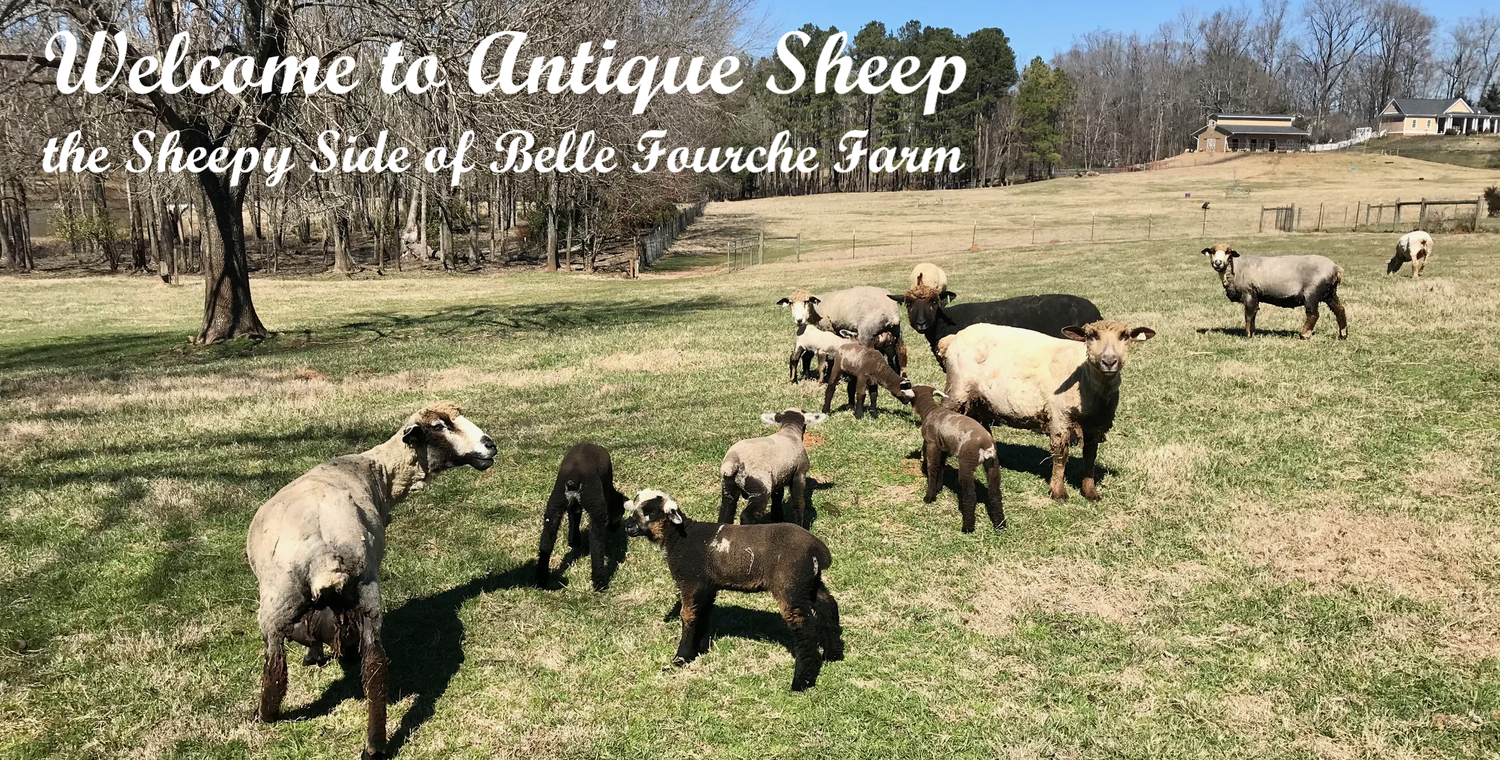Romeldale - CVM
This critically rare, fine-wooled breed comes in a rainbow of fanastic colors and patterns, as well as solid white. The breed was developed in the early 1900s by A.T. Spencer, who crossed Romney rams which had been exhibited at the 1915 Panama-Pacific International Exposition with his flock of Rambouillet ewes. Further selection established the breed he named Romeldale.
The establishment of the Romeldale breed was continued by the J. K. Sexton family during the 1940’s and 1950’s. The Sextons selected the sheep for high rates of twinning, maternal ability, and non-seasonal reproduction. Soft-handling wool was also a priority, as was fleece weight, and a fiber diameter of 21-25 microns. The wool of the Sexton flocks was so highly regarded that for many years the entire clip was sold to Pendleton Mills.
Only Romeldales with this badgerface pattern are considered California Variegated Mutant (CVM) coloring. The Romeldale breed comes in many other wonderful colors and patterns.
The breed is curious and gregarious. Pollyanna’s fleece is getting in the way of her Polaris ride., plus the dog is on her seat!
California Variegated Mutant (CVM)
Glen Eidman, a partner of J.K. Sexton, in the 60's discovered in his purebred Romeldale flock a multi-colored, badger faced ewe. Two years later, a twin ram with the same badger face pattern was born. subsequent breedings and additional mutations from his Romeldale flock resulted in the California Variegated Mutant. Mr. Eidman spent the next 15 years developing these sheep.
A two week old Romeldale ram lamb showing off his spots!
Processing
The Romeldale fleece is wonderfully fine and soft. We have taken care to select a mill that is accustomed to fleeces such as very fine Merino, so they do not tear the wool during carding. Home processors must take care not to break the fibers in drum carders and may prefer wool combs, or spinning from the cut end of the lock.





